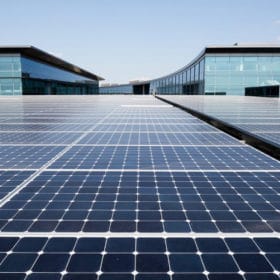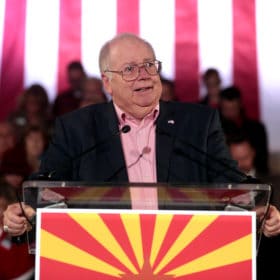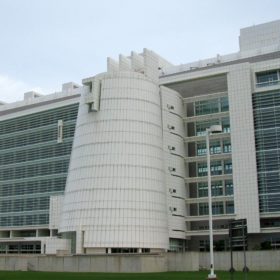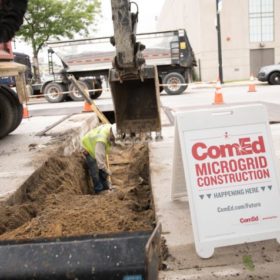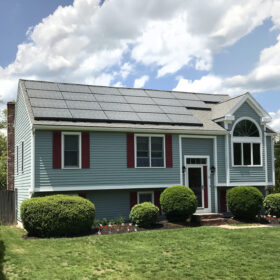Sunnova plans IPO, 200,000 call on Washington for climate debate: pvMB 6/12/19
Hello and, as with every other Wednesday, welcome to your Hump Day MB! Today we’ll be looking at Walmart and US Solar’s 36 project deal, POWERHOME solar expanding to Missouri, an Economy-wide analysis of decarbonization of the Pacific Northwest and much more. Let’s dive in!
Hannon Armstrong jumps into community solar, SRP gives emissions the boot: pvMB 6/6/19
Good morning and welcome to today’s edition of the pvMB. This morning, we’ll be looking at the Sunpower system at a “destination” Porsche dealership, PacificCorp installing a solar + storage sytem in lieu of wires for Rocky Mountain Power, Laura Olton’s appointment to head the Rhode Island Public Utilities Commission and more!
Solar coming to Baltimore County govt., North Carolina utility Commission’s new chair: pvMB 6/5/19
Hello and welcome to your Hump Day MB, where we’ll be looking at the potential solving of LID, LevelTEn Energy raising $20.5 million in funding, the verification of CAISO as a reliability coordinator and much more!
Management coup at 2nd-largest U.S. solar developer
Cypress Creek has replaced its CEO and President with an all-female CEO, interim chief operating officer and interim chief strategy officer team, as well as replacing its board chair, in one of the biggest management shake-ups in the U.S. solar industry to date.
Out with the old, in with the old: Tobin resigns from ACC
Commissioner Andy Tobin has resigned from his role with the Arizona Corporation Commission to join the state’s Department of Administration. He’ll be replaced by Marquez Peterson, a Southern Arizona Republican and former president of the Tucson Hispanic Chamber of Commerce.
FPL opens the floodgates on a tidal wave of solar
Florida Power and Light is ramping up construction on its “30 by 30” plan, announcing today the beginning of 10 projects across the Sunshine State, each one clocking in at 74.5 MW, for a grand total of 745 MW of solar.
The good old (white) boys’ club runs the solar industry
A new report by Solar Foundation and SEIA found that white men dominate senior executive positions in the solar industry, reinforced by recruitment from existing professional and personal networks.
Momentum Solar sued over appalling allegations of racism
Six former employees are suing the energy company over allegations that they were subjected to repeated racial discrimination and eventual termination at the hands of their supervisors.
Nevada 50% renewables official, AOC goes viral for green: pvMB 4/23/2019
Good morning and welcome to the pvMB. Today we also bring you LG Business Solutions’ new VP of marketing, FERC Chair Chatterjee’s new chief of staff, and Bed Bath and Beyond solar.
Solar powered tent eviction, solar worker death, 100% revolutions: pvMB 4/19/18
Welcome to the pvMB. Today we also bring you ComEd’s success with a community microgrid on the South Side of Chicago, Montana State’s solar car.

